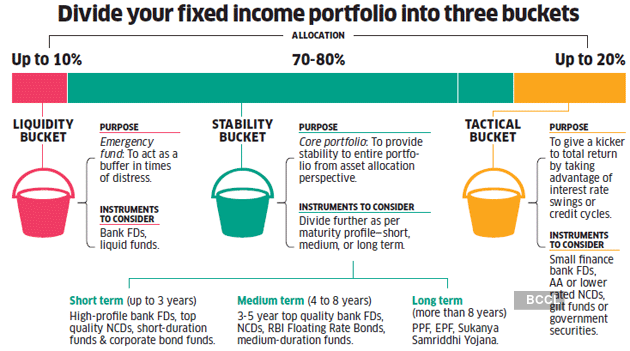
## Navigating the World of Asset Allocation: Why Real Assets Deserve Your Attention
Deciding how to allocate your assets can be a daunting process, often requiring deep knowledge of financial markets, risk management, and long-term strategy. It’s no wonder many people turn to financial advisors to help guide their decisions. However, if you’re not sold on the idea of hiring an advisor and enjoy taking control of your investments, you may find that the process can be both fulfilling and enlightening. For those who enjoy diving into research and strategizing, like me, the world of self-managed investing opens up plenty of opportunities, particularly when exploring dynamic asset classes such as **real assets**.
In this article, I’ll explore what real assets are, why they make sense as part of a comprehensive investment portfolio, and how you can gain exposure to this promising asset class.
—
### What Are Real Assets?
Real assets are **tangible, physical assets** that hold intrinsic value due to their utility in the real world. These assets generate returns over time, often through cash flows or capital appreciation. Common examples include:
– **Real estate** (commercial buildings, industrial warehouses, apartment complexes, etc.)
– **Infrastructure assets** (airports, railroads, energy pipelines)
– **Agriculture and natural resources** (farmland, forestry)
– **Renewable energy projects** (wind and solar farms)
Unlike stocks or bonds, which are financial instruments tied to a company’s performance or debt, real assets physically exist. For example, while you can invest in a stock that represents a tech company, a piece of farmland or an apartment building is a real asset with intrinsic utility and value.
—
### Why Invest in Real Assets?
Diving into real assets as part of an investment strategy offers a range of benefits for those seeking stability, income, and long-term growth. Here are some key reasons why they should be a consideration:
#### 1. **Portfolio Diversification**
Real assets are often uncorrelated, or at least less correlated, to the stock market. This means that when financial markets are volatile, the value of real assets might remain stable or even grow. Diversifying your portfolio with real assets reduces risk and can act as a hedge against broader market downturns.
#### 2. **Inflation Protection**
Inflation can erode the purchasing power of your investment returns. Real assets, however, tend to appreciate over time alongside inflation. For example, real estate rents usually rise with the cost of living, and farmland typically benefits from higher food or commodity prices.
#### 3. **Steady Cash Flow**
Many real assets generate regular income through operations. Apartment buildings produce rental income, energy pipelines charge fees for transport, and renewable energy projects sell electricity to utilities. This reliable cash flow can provide stability in a volatile investment climate.
#### 4. **Intrinsically Valuable**
Certain real assets, like airports and railroads, are essential to the functioning of society. This makes them relatively secure investments, as their utility ensures demand remains steady.
#### 5. **Long-Term Return Potential**
Historically, real assets have provided returns that frequently outperform other asset classes, such as bonds or cash investments. When combined with steady dividends and capital appreciation, the internal rate of return (IRR) for real assets can be highly attractive for long-term investors.
—
### Examples of Real Assets in Action
Let’s zoom in on some of the major categories of real assets and how they work as investments.
#### **1. Real Estate**
Arguably the most recognized form of real assets, real estate offers income through leasing and the potential for value appreciation. For those not ready to manage physical properties, Real Estate Investment Trusts (REITs) provide an easier way to invest. REITs like **Simon Property Group**, **Omega Healthcare Investors**, and Canada’s **Northwest Healthcare Properties** are tradeable assets that give you exposure to real estate markets.
#### **2. Infrastructure**
Infrastructure investments include airports, toll roads, and public utilities. As an example, publicly traded companies like **Auckland International Airport** or funds focusing on infrastructure allow investors to gain exposure to this fundamental sector. Infrastructure assets often benefit from long-term contracts, sometimes spanning decades.
#### **3. Renewable Energy**
With the global energy transition underway, renewable energy investments like wind farms, solar projects, and hydroelectric facilities are increasingly popular. Companies like **Brookfield Renewable Partners (BEP)** and **NextEra Energy (NEE)** focus on sustainable energy solutions that offer investors steady returns and growth opportunities.
—
### Investing in Real Assets: Getting Started
Even if you don’t have the capital to directly purchase a commercial building or an airport, it’s never been easier to gain exposure to real assets. Here are some options to consider:
#### **1. Real Estate Investment Trusts (REITs)**
REITs pool money from multiple investors to purchase and manage income-producing real estate.